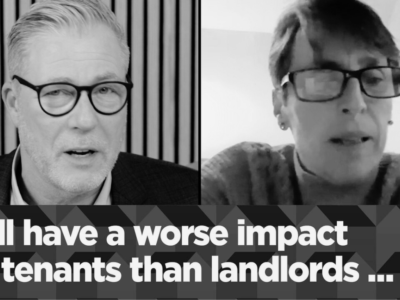Barratt Homes, together with its research partner GoodMore Global Ltd, have looked into attitudes around homes and work nationwide during Covid.
Despite Covid having a dramatic impact on our day to day lives, its impacts haven’t markedly altered many of our views on property and working from home.
Only 12% of respondents want to move further away from work, 19% want to move closer to family and just 33% envisage that they will be working from home more.
Whilst many people are choosing to work from home in different rooms, the research also shows no demand for separate kitchens and living areas, with a preference for open-plan kitchens actually rising from 35% to 36%.
Similarly, when homeowners were asked about their favourite rooms pre and during Covid, very little change has occurred, except a micro-shift between those who prefer their bedroom during Covid to the living room and vice-versa.
Only 17% of the population are looking to move in the next two years and of this, 36% cite they want to live close to family and 27% want to move further away from work.
Ed McCoy, Sales Director for Barratt West London, comments:
“It’s very easy to look at the news and see a huge attitudinal shift in where we want to live and work.”
“Covid 19 has had a dramatic impact on our lives, but the research shows it is not dramatically changing behaviours and attitudes around where we live.”
“There are a group of people that may have already been on the tipping point, with Covid shifting attitudes, but for the most part there is not a tidal move away from cities, nor the start of off-grid living.”
“Our research shows that almost a third of people (29%) who are likely to move in the next two years still want to live in a city suburb, or a town suburb (32%).”
“There are impacts in our city centres, areas like central London, but what we have seen is the rise of the local high street and the regions.”
Of those thinking of moving in the next 2 years, 35% live in London and the South-East and 17% live in the Midlands, 45% of 25-39 year olds are highly/quite likely to move, which is nearly double other age groups (18-24 yr olds = 18% and 40-54 yr olds = 24%).
























Comments